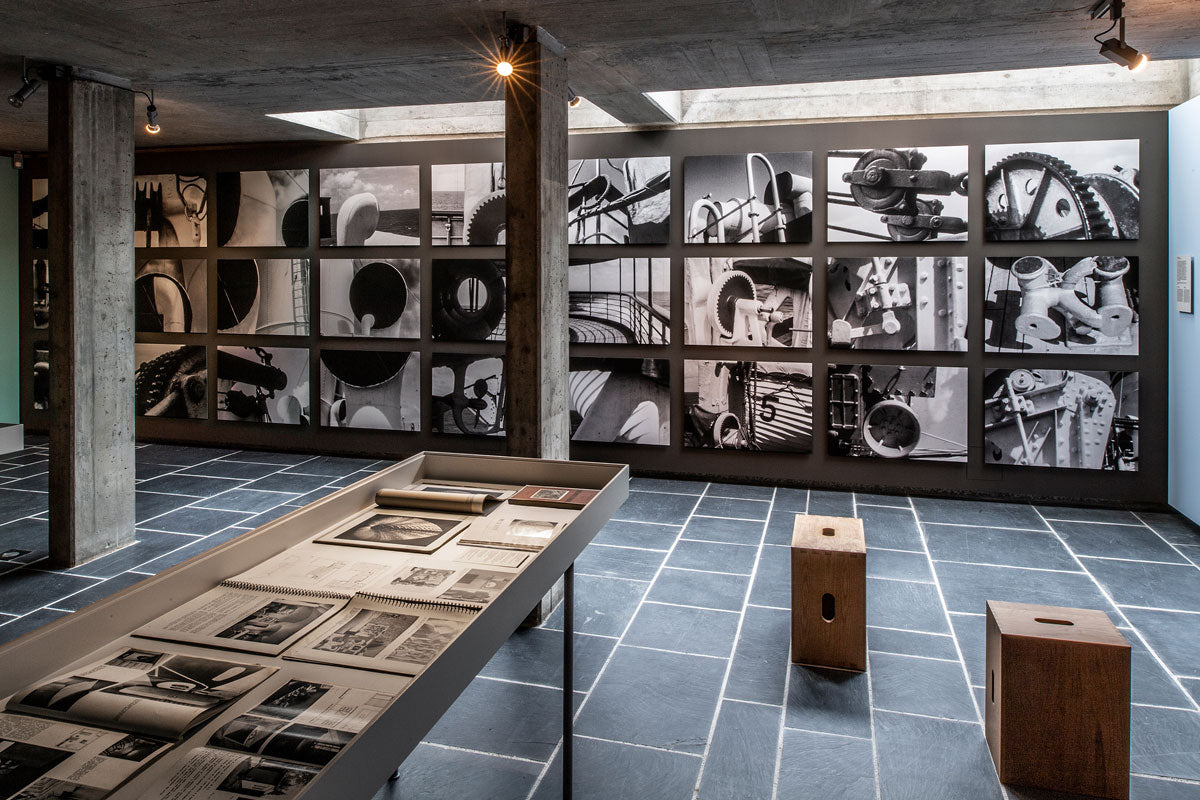Le Corbusier is considered to be one of the masterminds within modern architecture and by the hand of a few people he positioned it as the current of the 20th century. His last work was The Pavillon Le Corbusier, inaugurated in 1967, two years after his death and the only work the architect made in steel and glass. Its design seeks to create symbiosis between architecture and art.
In 2017 it was closed for its remodeling and this year it is back to captivate every enthusiast on the matter through its boat-shaped construction, and even though it is acknowledged as an architectural jewel all across the world, it gives Zurich a new spot of cultural interest, specifically, a large format work of art. The restoration project was led by Silvio Schmed and Arthur Rüegg, who respected the old model.

Thanks to its 600 square meters and four floors, the Pavillon offers multiple perspectives, which visitors can appreciate at their own pace. The furniture by Le Corbusier, with some pieces set permanently, expands across the whole space, showing its second designation as residence and inviting guests to stay. Even the small terrace on the rooftop is now open to the public, offering unobstructed views of the Zürichhorn River delta and the lake. The construction is based on the Modulor proportion system by Le Corbusier (it pretends to be a superior measurement system to the ones existing as a majority, the foot-inch and the metric decimal, which allows the modern world to overcome the economic and cultural barriers posed by coexisting with two systems), it incorporates several of its other design principles, like prefabrication, elements like the access ramp, the small garden on the roof, which repeat across his work and the “promenade architecturale”, a carefully created route that goes across the building to allow visitors to see and experiment architecture in an optimal way, thus creating an architectural legacy.

The opening is accompanied by an exhibition titled Mon Univers, about the Swiss architect’s passion for collecting art, folklore, and nature-related objects, and which he used as sources of inspiration for his diverse artistic practices, snails, pottery from the Balkans, industrial remains and glass. The presentation gathers original pieces from Le Corbusier’s private collection with historical pictures, molds, and paintings, as well as nature finds. The loans from Le Corbusier Foundation in Paris, relevant private collections, and the Antikenmuseum Basel come into a visual and themed dialogue with the pavilion, and at the same time are joined by clips of the movie by Le Corbusier (taken with a 16 mm camera) and a wall with large format photographs.

While the originals are shown on the lower level, copies remain on the ground floor, dedicating the upper level to some originals that Le Corbusier gathered, according to the curators’ opinion. These include a Nimba shoulder mask by the Baga people, a marble Aphrodite (Antikenmuseum Basel), Ekoi head masks, and a large format ceramic vessel known as can from the Decorative Arts Collection of the Museum für Gestaltung Zürich. The legendary installation from 1931, Les arts dits primitifs dans la maison d’aujourd’hui, is recreated on the two-level atrium on the ground floor.
Also, the exhibitions are joined by a permanent showing of 17 pictures taken by René Burri, who worked as “visual historian” of Le Corbusier and his work from 1955 through 1965.











